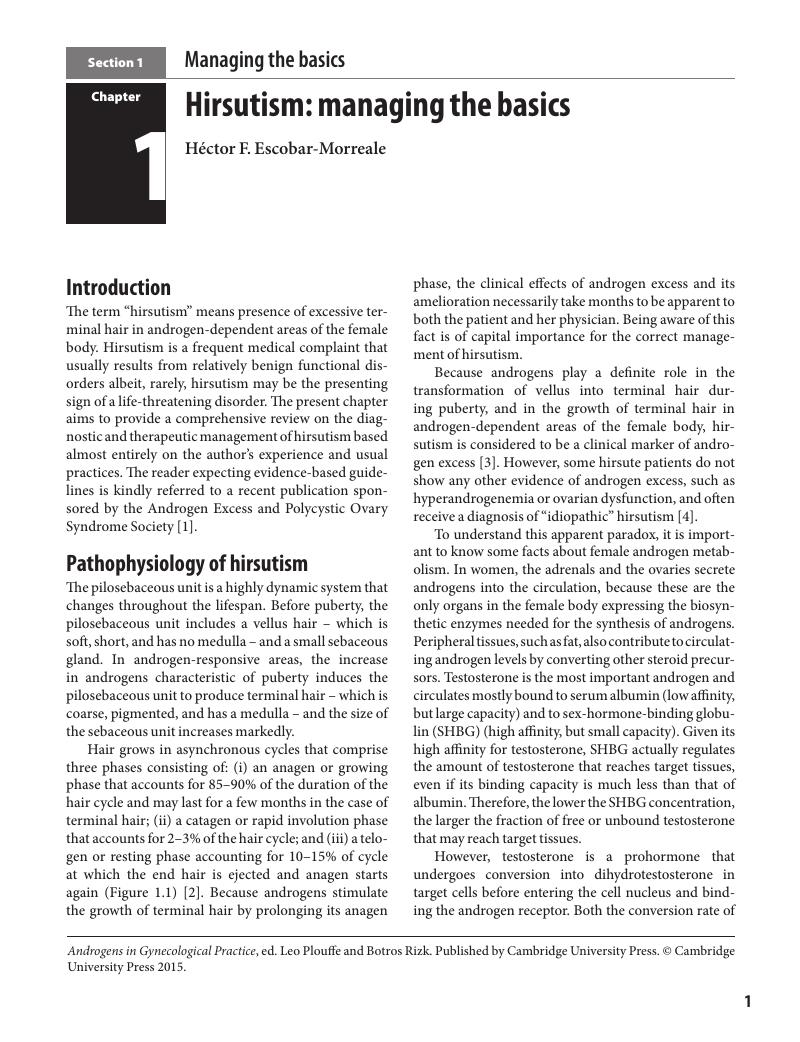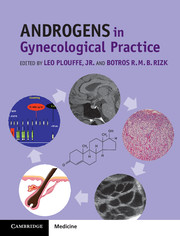Book contents
Section 1 - Managing the basics
Published online by Cambridge University Press: 05 July 2015
Summary

- Type
- Chapter
- Information
- Androgens in Gynecological Practice , pp. 1 - 54Publisher: Cambridge University PressPrint publication year: 2015



